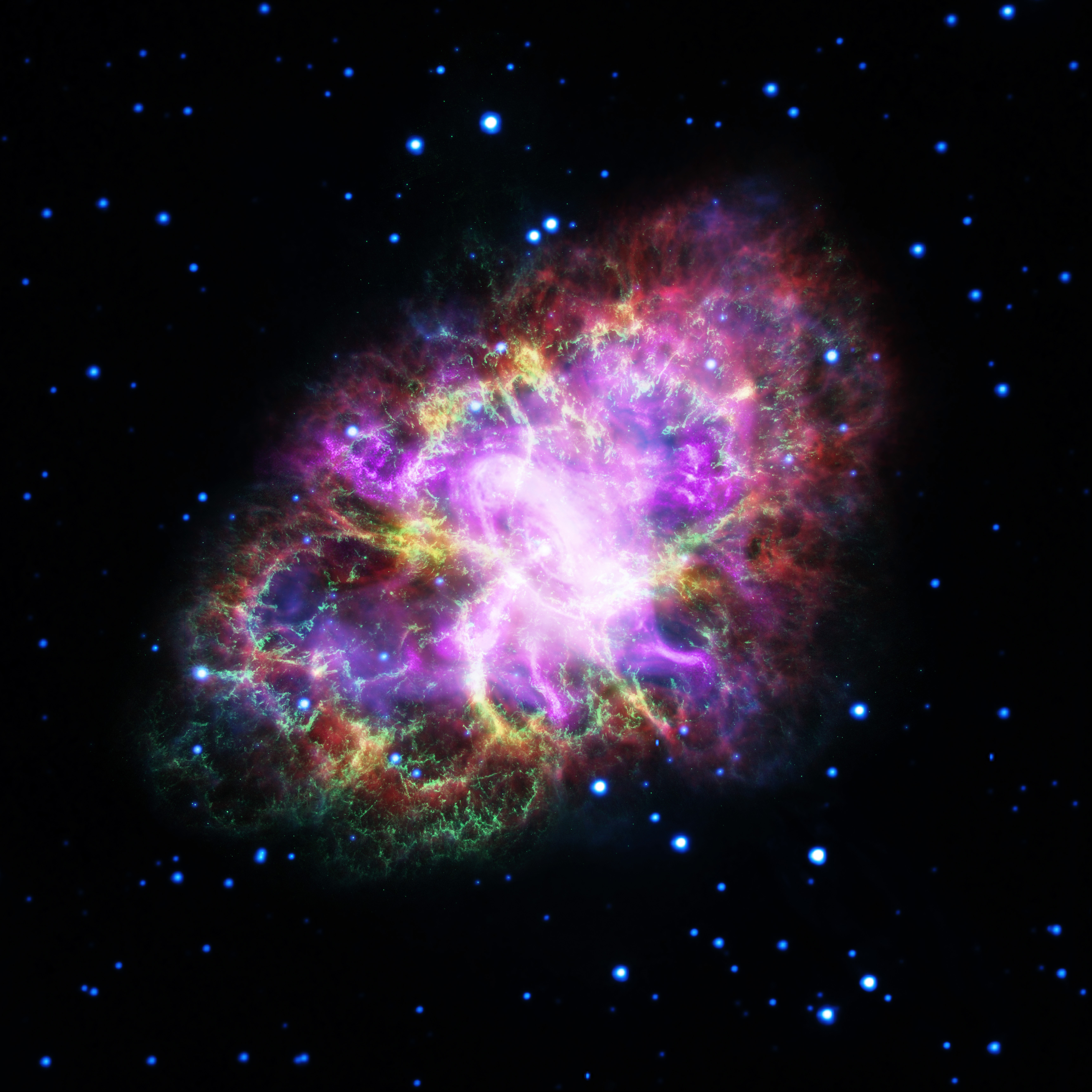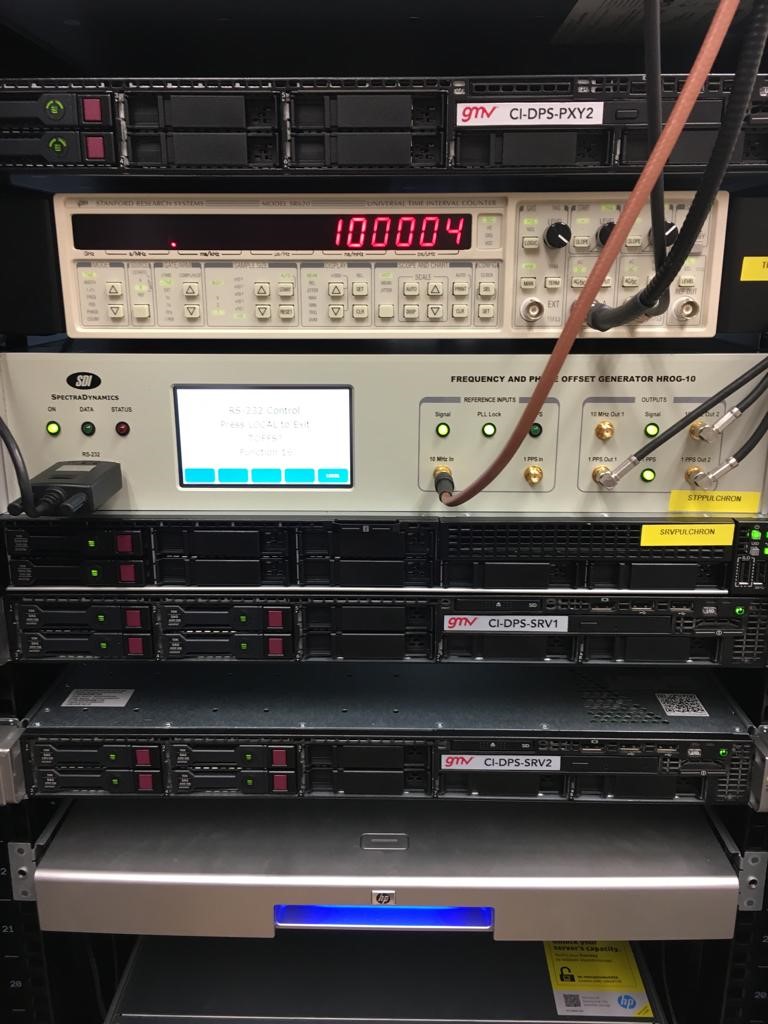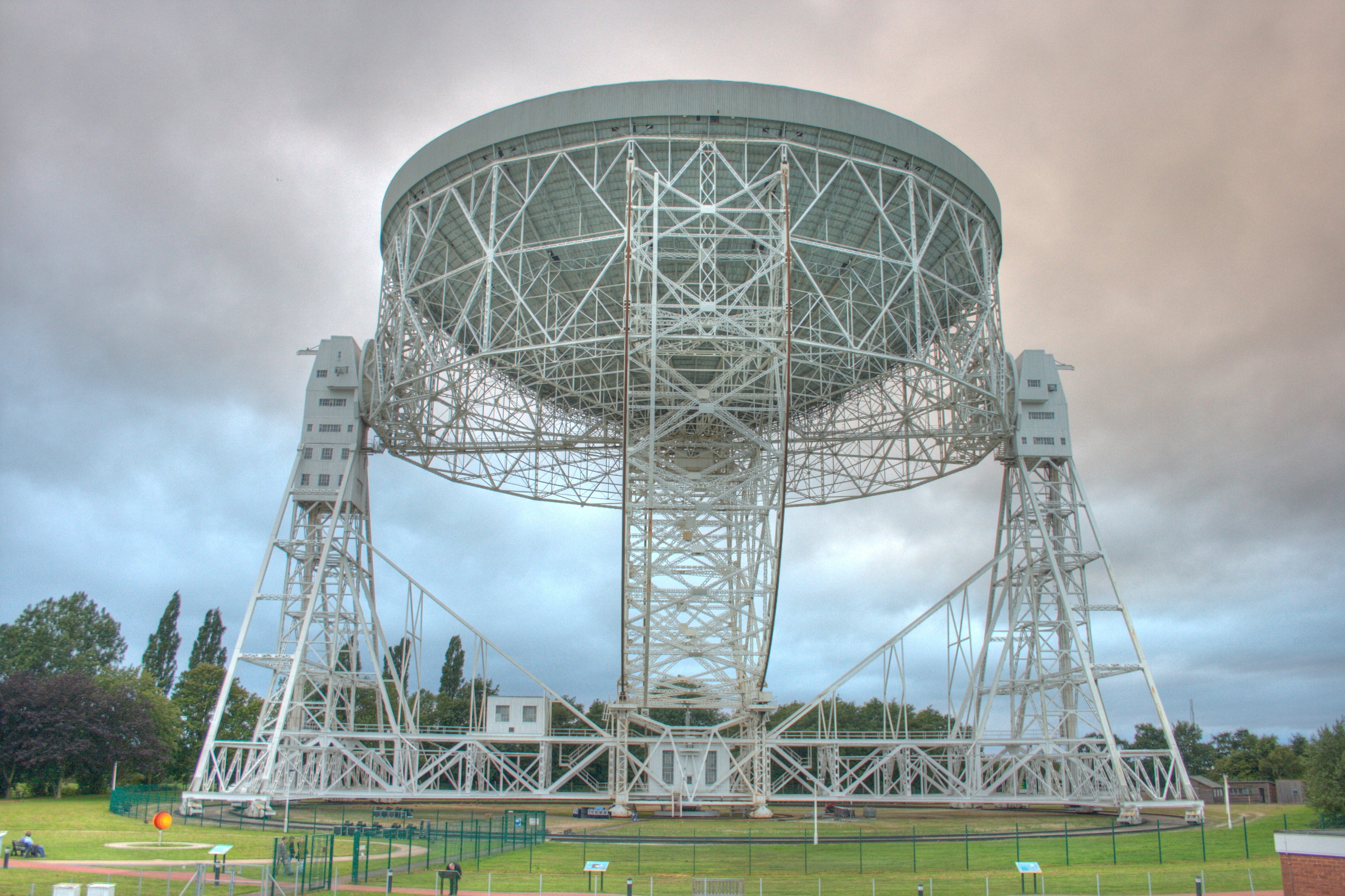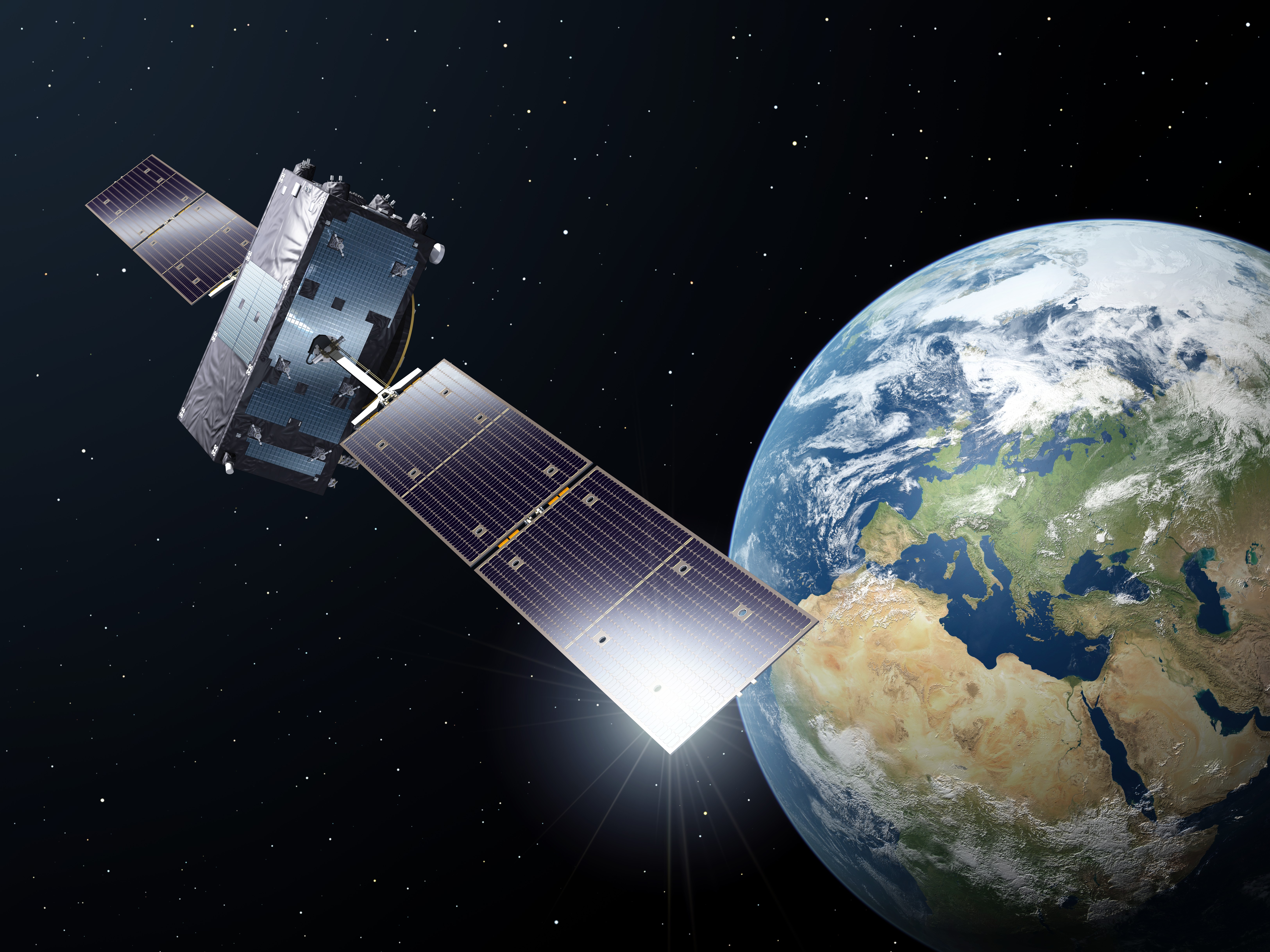ESA test a new pulsar clock

A pulsar is hidden deep within this supernova bubble. Copyright: NASA, ESA, G. Dubner (IAFE, CONICET-University of Buenos Aires) et al.; A. Loll et al.; T. Temim et al.; F. Seward et al.; VLA/NRAO/AUI/NSF; Chandra/CXC; Spitzer/JPL-Caltech; XMM-Newton/ESA; and Hubble/STScI, CC BY 4.0
04 April 2019
When was the last time you checked the time? Maybe you have a wristwatch, or a clock on the wall. Did you stop to think about how accurate the time it gives is? For our daily lives, clocks only really need to be accurate to within a few minutes or seconds. What if you are scientist, engineer, or astronaut? You may need to measure time very precisely. ESA scientists have begun testing a new type of highly accurate clock that uses pulsars! Called “PulChron”, it measures the passing of time using millisecond-frequency radio pulses from multiple fast-spinning neutron stars!
Neutron stars are incredibly dense objects, formed from the collapsed cores of exploding stars. They are tiny compared to regular stars and planets – only being around 10 to 20km in diameter – but they contain more “stuff”, known as mass, than the Sun! Sometimes, neutron stars spin very rapidly. They are then called pulsars, and it is these that the PulChron scientists are using. As pulsars spin, they fire out beams of radio waves that can be detected on Earth. The effect is a bit like how we see the flashing lights of a lighthouse. These bursts of radio are so regular, they could form the basis of a very accurate clock system – exactly what is being tested by the PulChron team.

Introducing PulChron! It may not look like a regular clock, but it is extremely accurate. Copyright: ESA
We have invented some very good methods of tracking time already. Our best way so far is a device called an atomic clock. Electrons in atoms can absorb or release very precise amounts of energy. This energy is released as a light wave with a particular frequency – a certain number of full waves per second – which can be used to measure time, just like the number of full swings of a pendulum in a minute controls a grandfather clock.
Atomic clocks may be better over short timescales such as years, but pulsar clocks like PulChron could be better over decades, beyond which individual atomic clocks may break down. This means that pulsar clocks could be very useful for future satellite navigation systems, such as ESA’s Galileo, that require incredibly precise timekeeping over many years.

The Lovell Telescope at Jodrell Bank in the UK is one of the radio telescopes used to observe the pulsars. Copyright: Mike Peel; Jodrell Bank Centre for Astrophysics, University of Manchester
However, what happens if data from a pulsar gets distorted – perhaps by gravitational waves, which are like ripples across space caused by powerful cosmic events? That could make it briefly appear as if the pulsar is spinning faster or slower. The PulChron team have thought of this, and so they are using five large radio telescopes across Europe to observe not just one, but 18 pulsars!
Perhaps in the future pulsar clocks will become more common, working alongside atomic clocks to help us measure time better than ever before!

Pulsar clocks could be useful for satellite navigation systems such as ESA’s Galileo. Copyright: ESA-P. Carril
Cool fact: Pulsars were discovered in 1967 by UK astronomer Jocelyn Bell Burnell. At first, she thought they could be evidence of intelligent alien life trying to communicate with us!




